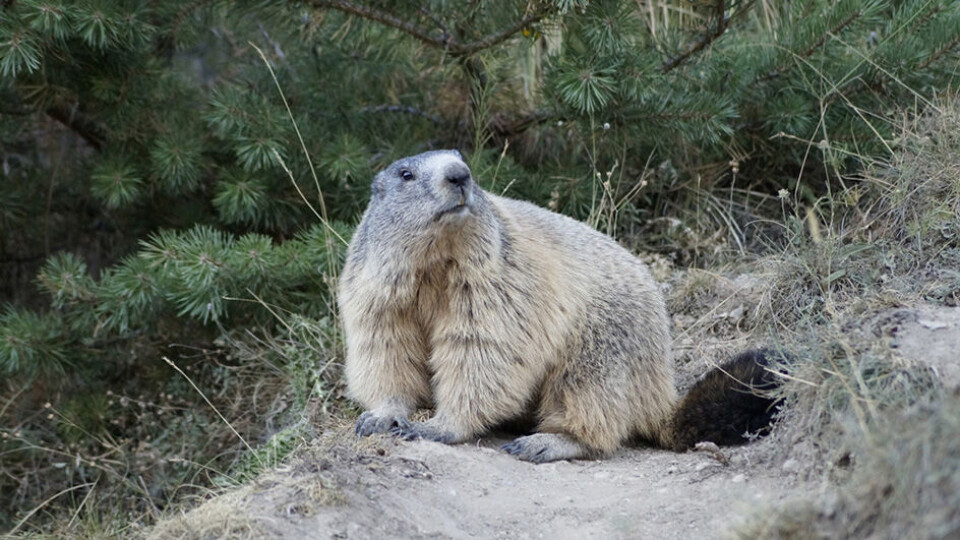-
The origins and meaning of tirer les marrons du feu
As Christmas approaches, we look at a phrase to describe someone who takes advantage of a situation
-
How to identify lounging lizards in France
Learn about the habitats and behaviours of diverse lizard species, from the common wall lizard to the elusive Western three-toed skink
-
The origins and long history of France’s unique wildlife officers
Connexion talks to Julien Nicolas, who fulfils a role created by Charlemagne in the year 803, tackling wildlife posing a danger to the public
Raising awareness of tourism dangers for cuddly French Alpine marmots
The main message is do not feed them as it interferes with their natural development

Marmots (marmottes in French) are so adorable that shops in the Alps sell soft marmotte toys as souvenirs.
But for how much longer?
Marmots, sometimes called woodchucks or groundhogs, are large squirrels which live on the ground and hibernate underground during the winter.
Very cuddly-looking, adults measure 43-73cm from nose to the base of the spine, with 13-20cm tails. They weigh 2-8kg.
An interesting detail is that although they have claws on most digits, they have fingernails on their thumbs.
Visitors love them so much that they are even listed as attractions on TripAdvisor.
But there is a problem, says Monique Constant, the president of the association Les Marmottes d’Eygliers Mont-Dauphin (APEVM).
Feeding can kill them
“People don’t realise that by feeding them, they can make them ill or even kill them.
And by trying to get close to them, they reduce their natural instincts to stay away from predators.”
Anywhere between 500-600 people a day walk up the path from Eygliers Mont-Dauphin to see the marmots.
“If all of them offer just a tiny bit of bread or carrot, it makes them ill.”
Marmots need to eat grass which converts into the fat they need to survive their winter hibernation, during which they lose up to half their bodyweight.
“There is a tarmac path which is even accessible to wheelchairs, and it has been roped off by Natura 2000 (another environmental protection organisation) to prevent people damaging the endangered dry grasses that grow there. But some people step over the ropes.”
Marmots fed on the wrong food can develop diabetes.
Lose fear of hunters and wolves
If they get too used to tourists and pet dogs, they lose their fear of hunters and wolves.
“We run awareness-raising sessions in local schools and tourist offices, and we also organise La Journée de la Marmotte with lots of activities for all the family.
It is on July 29 this year.
Also, every Thursday throughout July and August we organise two sessions.”
“The first is a breakfast with the marmots. People book ahead and then have breakfast on the grass while watching the marmots with a professional, who can answer all their questions. Every Thursday afternoon at 17.30 we hold a treasure hunt. Children have to find the questions and answer them to get a prize.”
[Book ahead for both activities via www.marmotteygliers.com].
“Last year we had a volunteer who ran some of the breakfasts in English and we’d love to find another volunteer for this year.”
But her main message is that when you go to see the marmots you should only take a camera, a sunhat and a bottle of water.
And however cuddly they look, you should keep your distance from them.
Related articles
France’s marmots are back as they emerge from a winter of hibernating
























